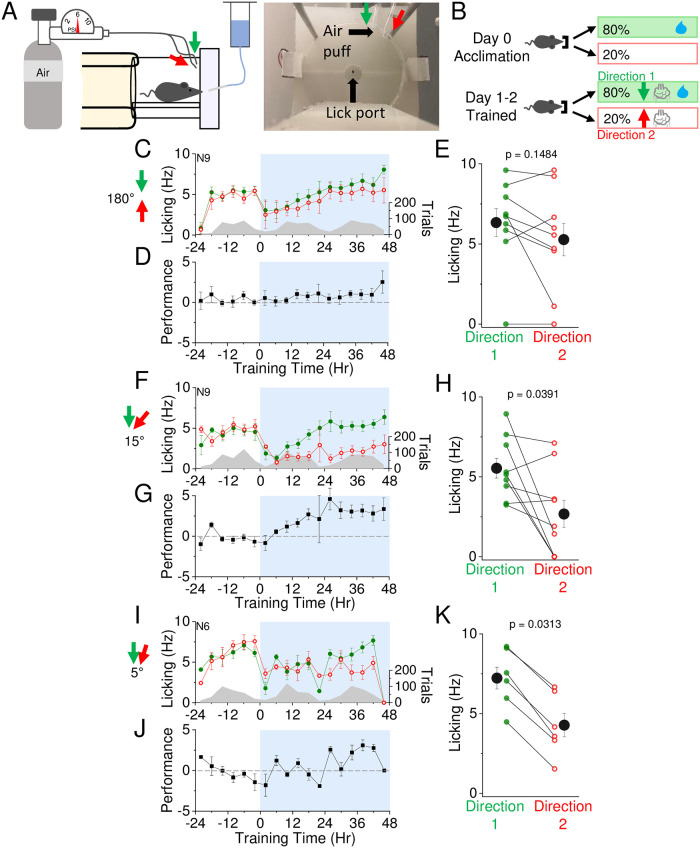Fig 7. Mice can discriminate air puff direction.
A) Left, profile view of bidirectional air puff training apparatus. Right, lick port and air puff position within automated homecage training apparatus. B) Reward contingencies during training. Top, during the initial 24 hour acclimation period, animals receive water on 80% of initiated trials with no air puff. Bottom, during the training period, animals receive water and an air puff from one direction on 80% of initiated trials, and an air puff from a different direction without water on the remaining 20% of trials. C) Mean lick frequency of animals exposed to air puffs 180 degrees apart for water and blank trials, binned at 4 hr intervals. Air puff association training is indicated at t = 0 (12 noon/daylight period). Mean lick frequency for water delivery (green) or blank (red) trials is overlaid upon mean number of initiated trials (grey) across training days. D) Mean performance (lick frequency for water trials—lick frequency for blank trials) for each 4 hour bin during the acclimation period (-24 to 0 hr) and training phases with air puffs 180 degrees apart (0 to 48 hrs). E) Mean lick frequency of each animal exposed to air puffs 180 degrees apart for the last 20% of total trials. N = 9 animals. F-H) Same as in (C-E) but with animals exposed to air puffs 15 degrees apart, projecting downwards. N = 9 animals. I-K) Same as in (C-E) but with animals exposed to air puffs 5 degrees apart, projecting downwards. N = 6 animals.

